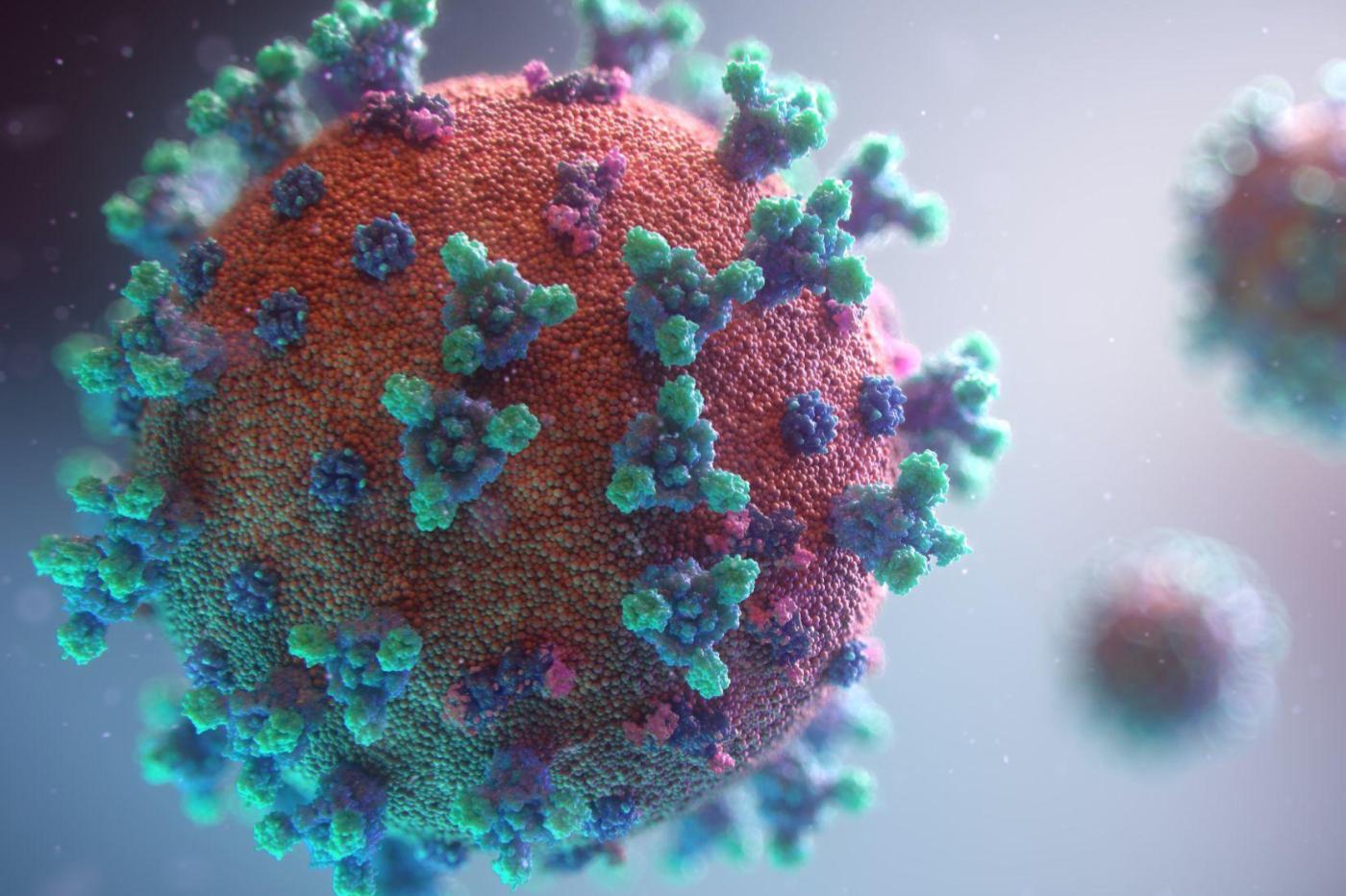
Never two without three: a new person would apparently be cured of AIDS, thanks to a treatment quite different from that which had benefited from the previous patients.
While remaining cautious about the wording, an American research team has announced what it considers to be the apparent “cure” of an AIDS patient. This would then be the third documented case of complete remission of a patient who developed AIDS after being infected with HIV.
The story begins with the identification of a rare genetic mutation, which has the effect of completely closing the cell door to HIV and thus preventing infection. Researchers have attempted to exploit this particularity in other patients through a bone marrow transplant. It is this approach that allowed two patients, said to be “from Berlin” and “from London”, to get rid of the virus; they have since been considered the first two patients “cured” of this disease.
A functional, but very exclusive approach
The concept is therefore validated. But the problem with this approach is availability. Because of the small number of donors, it is already very difficult to benefit from a bone marrow transplant in normal times. Suffice to say that it is even more complicated to find samples that also present this rare feature; at present, only a few thousand carriers have been identified worldwide.
Moreover, this rarity poses a huge additional problem. As a general rule, to ensure the success of a transplant, it is necessary to ensure the compatibility between donor and recipient. Otherwise, the latter is exposed to a rejection syndrome with potentially disastrous consequences. The problem is that with such a small panel of potential donors, it is almost illusory to hope for optimal compatibility; we must therefore be satisfied with a at best partial compatibilitywith all that this implies for the chances of survival.
For these reasons, in the current state of the techniques at our disposal, it is therefore unthinkable to make a large-scale treatment. Researchers are therefore continuing to work on alternative treatments. And it was an American patient, this time called “from New York”, who benefited from the first success in this area.
From marrow to umbilical cord
This lady, who was diagnosed with HIV in 2013, has since seen her condition worsen over time, and contracted leukemia four years later. In 2017, to treat this particularly problematic form of cancer, she received an infusion of umbilical cord blood carrying this famous anti-HIV mutation. She also benefited from a injection of stem cells from close relatives in order to limit the risk of rejection. This also made it possible to promote the differentiation of new cord cells, present in very limited quantity at the start of the protocol. The objective: to give the necessary weapons to the immune system to get back on track.
The goal was met with flying colors: his leukemia is apparently in the process of complete remission, and without the slightest trace of graft rejection. This is great news in itself, but what is even more impressive is that after three years of treatment, the doctors simply decided stop antiretroviral therapy entirely, this cocktail of drugs that extends life expectancy in exchange for heavy side effects. Even better: since this deadline, it has not not experienced any relapse.
Isolated successes, but still no large-scale treatment
Beyond this resounding clinical success, this protocol has some implications that could play a role in the overall management of the virus. It starts with the origin of the transplanted elements, namely the umbilical cord cells. It is certainly rare material, but nevertheless more common than bone marrow which had been used to treat the two previous patients according to the researchers.
A good point for this approach based on cord blood. But that does not mean that it will soon eradicate HIV. This will not have escaped your notice: this method also requires that the donor be a carrier of this famous mutation. It is therefore still a difficult approach to generalize.
But at least, in addition to changing the patient’s life, this work had the merit of showing once again the viability of this approach based on the mutation in question. Research in this field will therefore continue even more vigorously, with the hope of being able to develop, one day, a miracle technique which will make it possible to to benefit all HIV-positive people without supply constraints.



